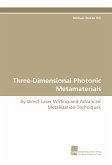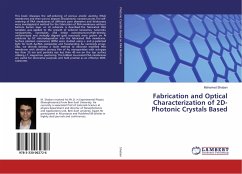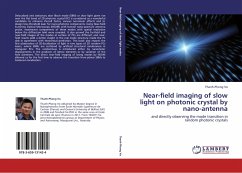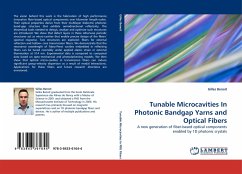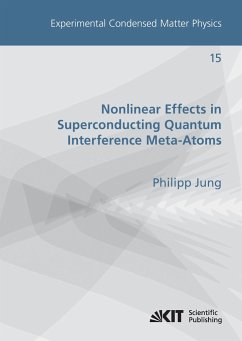Most photonic metamaterials consist of basic building blocks which are specifically engineered to exhibit electromagnetic resonances. These determine the optical properties of the material, thus rendering possible novel optical properties, such as magnetic responses at optical frequencies, negative permittivities and permeabilities, and even negative refractive indices. With these characteristics metamaterials expanded the range of what can be realised in optics, stimulating a vibrant and fast-growing field of fundamental research. In this work, the field distributions of resonant modes in selected 2-D metamaterials are investigated experimentally as well as numerically. Spectroscopic experiments are carried out with scanning near-field optical microscopes with aperture probes in collection mode. For the complementing numerical studies a theoretical model of the transmission process through the near-field aperture probes is introduced. This model is discussed and data derived with the model are used to corroborate the experimental results.


